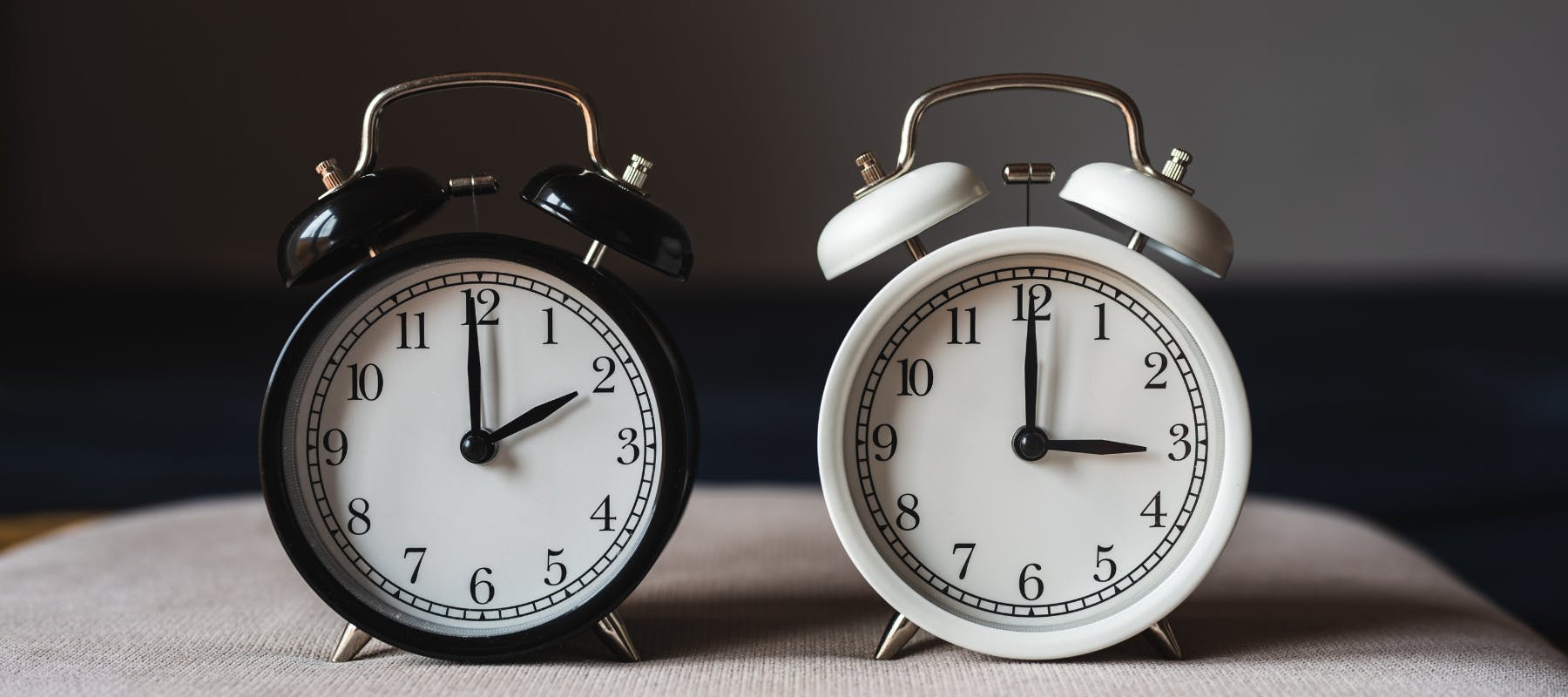First published on Thursday, Sep 28, 2023
Last updated on Thursday, Sep 28, 2023
This year, the clocks are going forward on Sunday 1 October at 2 am.
And for employers, that jump to 3 am can mean more than just losing an hour of sleep. Especially for employers who have employees working night shifts.
If you’re one of them, you probably have questions about how to manage staff hours and wages. Like:
- Does daylight saving time mean your staff must work an extra hour?
- Do you need to pay them overtime?
- Can you legally ask them to work an extra hour?
Let’s get into those answers. But first...
Who follows daylight saving time in Australia?
Different states and territories have different approaches to daylight savings.
Clocks will be going forward in:
- The Australian Capital Territory
- New South Wales
- South Australia
- Tasmania
- Victoria
Leaving out Western Australia, Queensland, and the Northern Territory that don’t follow daylight saving time.
How do you decide your employees’ working hours?
When it comes to nailing down how long your shifts need to be as daylight savings kicks in, you and your employees need to stick by the relevant award or registered agreement.
These will guide how you need to pay your employees for the time they’re working when the clocks jump forward.
If the modern award or registered agreement your employees fall under doesn’t make allowances for daylight saving changes, then you need to take it by the clock.
Here’s an example of how ‘by the clock’ works
Let’s say your employee Darren works 8 hours from 10 pm to 6 am on weekends.
The award they’re under doesn’t mention daylight savings or what an employee may be entitled to when the clocks shift.
When Darren is working on the Sunday that daylight savings begins, the clock jumps forward, and they end up working a 7-hour shift to 6 am instead of their usual 8 hours.
Because you’re paying them ‘by the clock’ you will still pay Darren for their full shift of 8 hours.
If Darren is still working with you in the same role when daylight savings ends and the clock jumps back an hour in April, they will end up working 9 hours to 6 am. But he’ll still be paid by the clock and get 8 hours’ worth of pay.
You can make sure your employees are paid the right amount and are logging the right hours with our easy-to-use clocking-in app and payroll navigator.
So, do you need to pay your employees extra?
Daylight savings starts on a Sunday, and sometimes also kicks off on a public holiday. This means that most workers who are on the clock at this time will get paid the Sunday or public holiday penalty rates that they’re already entitled to.
These penalty rates will also be calculated and paid by the clock unless their award or agreement gives them different entitlements.
Keep your staff informed
Remember to keep your employees up to date on how daylight savings may impact their working hours.
This will cut down on the number of employees showing up late, payroll confusion, or just questions about what your policies are when it comes to your working hours.
Stay on top of your obligations
Navigating the awards system can be confusing, and daylight savings doesn’t make it easier. Especially if you have employees based in different states and territories working in different time zones.
That’s why BrightAdvice is here to help. Our team of employment relations experts work round the clock (with or without daylight savings) to help you stay on top of employment laws.
So, if you do have questions or a particularly tricky situation on your hands—our 24/7 phone helpline has your back.
Don’t feel like reaching for the phone? Ask BrightLightning your questions.
For work performed on a shift that spans the time when daylight saving begins or ends, as prescribed by relevant state or territory legislation, an employee will be paid according to adjusted time (i.e., the time on the clock at the beginning of work and the time on the clock at the end of work).
If an employee’s shift spans the start or finish of daylight saving as legislated in the relevant State or Territory the employee will be paid as per the adjusted time. That is, paid by the clock – the time on the clock at the beginning of the shift and the time on the clock at the end of the shift.
Please call our Advice team for more specific information.
Penalty rates are higher rates of pay that employees are entitled to for working particular days or hours, usually at times that are less convenient, such as weekends or early morning/late night shifts. These rates are determined by an employee's industry award or agreement and are a different entitlement than overtime.
For further information on this matter, please call our Advice line.
Overtime is when an employee works extra time. It can include work done:
- Beyond their ordinary hours of work
- Outside the agreed number of hours
- Outside the spread of ordinary hours
The spread of hours is the times of the day ordinary hours can be worked (for example, between 7 am – 7 pm).
An award, enterprise agreement or other registered agreement will set out when overtime rates apply. Please contact the Advice team for more information and calculations on overtime.



